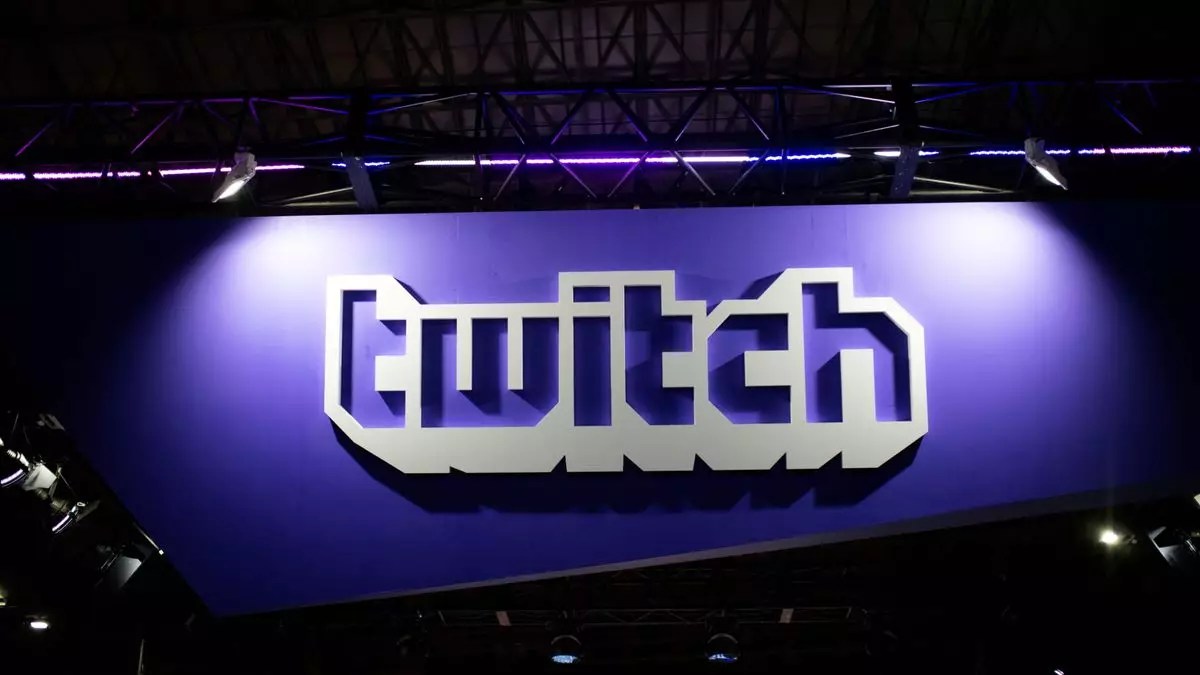In a rapidly evolving digital landscape, the recent introduction of a content classification system by Twitch, aimed at managing streams related to politics and sensitive social issues, raises profound questions about censorship, representation, and the platform’s responsibility towards its community. By asserting that discussions encompassing “elections, civic integrity, war or military conflict, and civil rights” should now be labeled, Twitch endeavors to shield its audience from potentially upsetting content. However, the ramifications of these changes may be more complex and problematic than initially perceived.
The rationale behind Twitch’s updated classification guidelines seems to stem from a desire to create a safer environment for viewers who might inadvertently encounter distressing subjects during their streaming experiences. Historically, the platform has classified content associated with mature themes, violence, and gambling. Extending this classification to politically charged discussions aligns with Twitch’s effort to maintain an inclusive atmosphere where users of various demographics, including younger audiences, can navigate their space without encountering unwanted confrontations.
The new regulations come at a crucial time for Twitch, which has faced backlash over its handling of content moderation. A series of events marked by controversial streamer commentary and accusations of bias have put the platform’s content policies under scrutiny. For instance, the suspension of well-known streamer Zack “Asmongold” Hoyt for incendiary remarks related to Palestinians exemplifies the challenges Twitch faces regarding the incendiary and oftentimes unpredictable nature of political discourse.
While the intent behind these guidelines appears commendable, their execution raises concerns regarding clarity and consistency. The vague definitions associated with what qualifies as a sensitive issue make it difficult for content creators to navigate these new requirements. Certain streams might oscillate between being classified as “educational” and being deemed “politically sensitive,” leaving both creators and viewers in ambiguity.
Furthermore, one critical question arises: who determines the line between what constitutes neutral educational content versus advocacy? For example, discussions about historical events like the rise of fascism or recent governmental changes can blur the lines of classification. This uncertainty could result in a flood of unnecessary caution or, conversely, reckless disregard by streamers unsure of where to draw the line.
Predictably, the announcement of the new classification labels sparked significant discontent among Twitch’s diverse community. Various reactions surfaced, with streamers who engage with political topics voicing fears about censorship and potentially losing their platforms. Many users worry that they must now label deeply personal discussions about issues such as reproductive rights, LGBTQ+ identity, or mental health, which are intrinsic to their streams, simply to comply with the new regulations.
Twitch’s overarching message, as articulated by its CEO, Dan Clancy, emphasizes a “zero tolerance” policy towards hate and harassment. However, many critics argue that establishing vague content classifications might inadvertently provide a shield for harmful perspectives, enabling extremists to regurgitate offensive views under the guise of sensitivity or nuanced discussion.
Moreover, the identification of topics as sensitive could dissuade advertisers from associating with streams tagged under these classifications. Streamers have voiced concerns over potential revenue losses, as advertisers often steer clear of content that appears controversial, regardless of its context. This combination of factors creates an environment ripe for anxiety and frustration among content creators, which can hinder their ability to freely express themselves on the platform.
Though Twitch’s initiative to enhance content classification may reflect a commitment to addressing community concerns, the broad implementation and vagueness of these new guidelines warrant a reevaluation. The aim should be to develop a clearer structure that appropriately classifies sensitive topics while also safeguarding the interests of creators and viewers alike.
Moving forward, Twitch needs to establish a more transparent consultation process involving its community in shaping these classifications. By incorporating input from content creators—particularly those engaged with sensitive topics—Twitch can create more coherent guidelines that genuinely reflect the diversity of voices on the platform while minimizing the risk of content suppression and misrepresentation.
Ultimately, it is clear that redefining content policies in the face of contemporary social challenges is no simple task. However, with a collaborative and open-minded approach, Twitch can strive towards a system that prioritizes clarity, understanding, and above all, the vibrant, diverse community that gives the platform its distinctiveness.


Leave a Reply